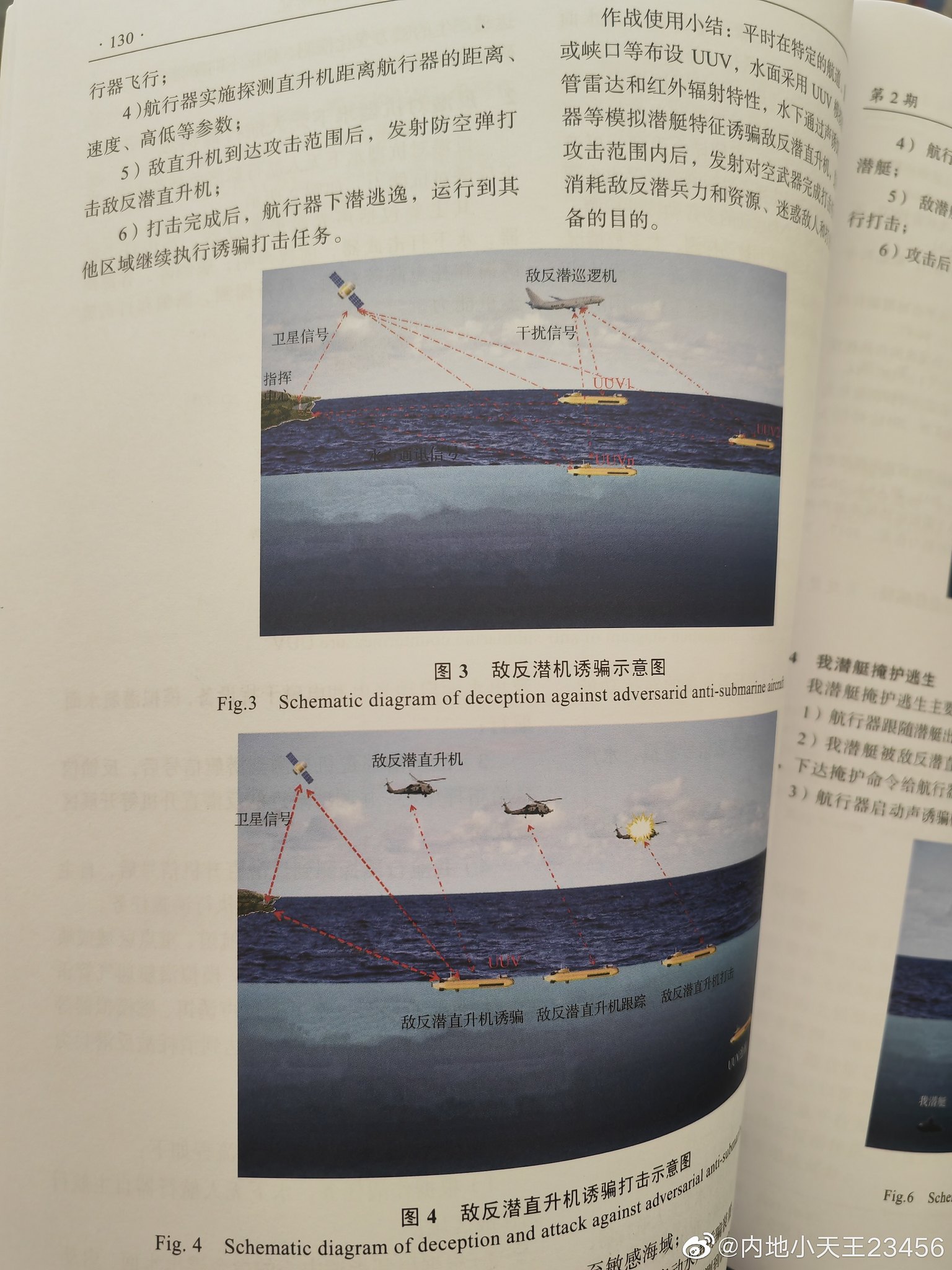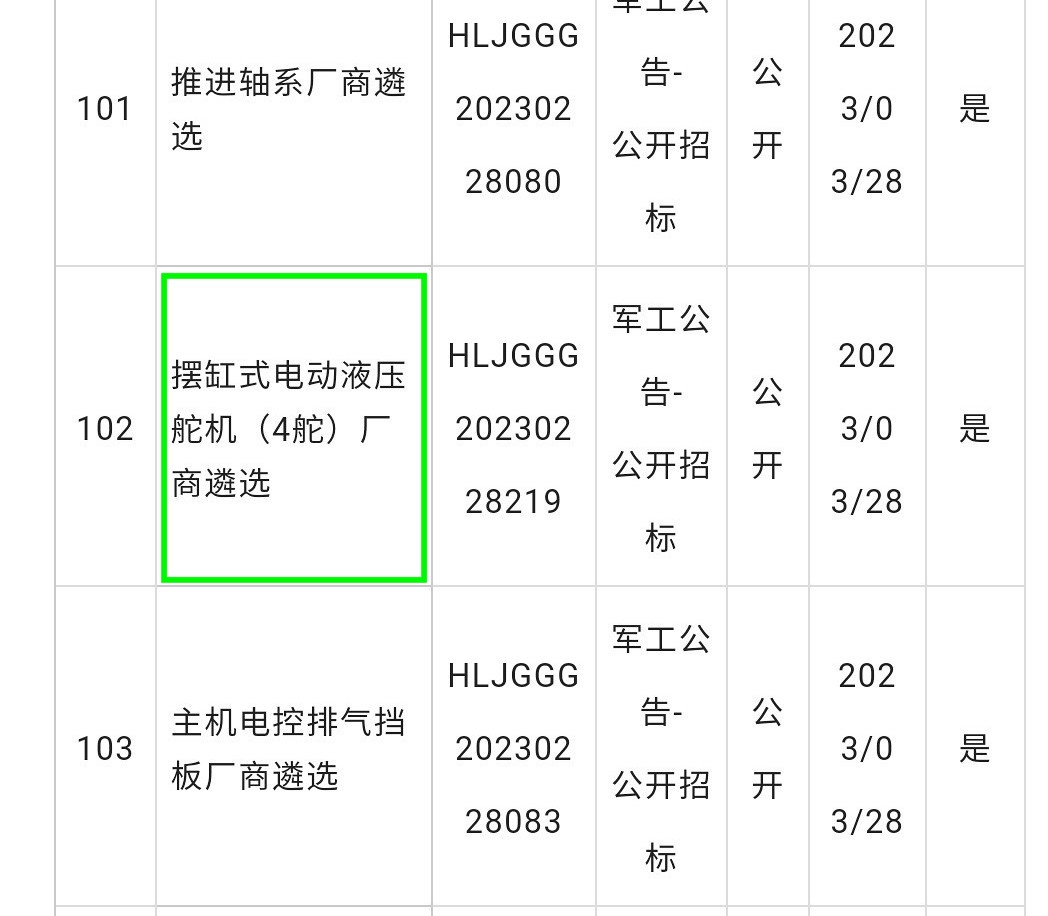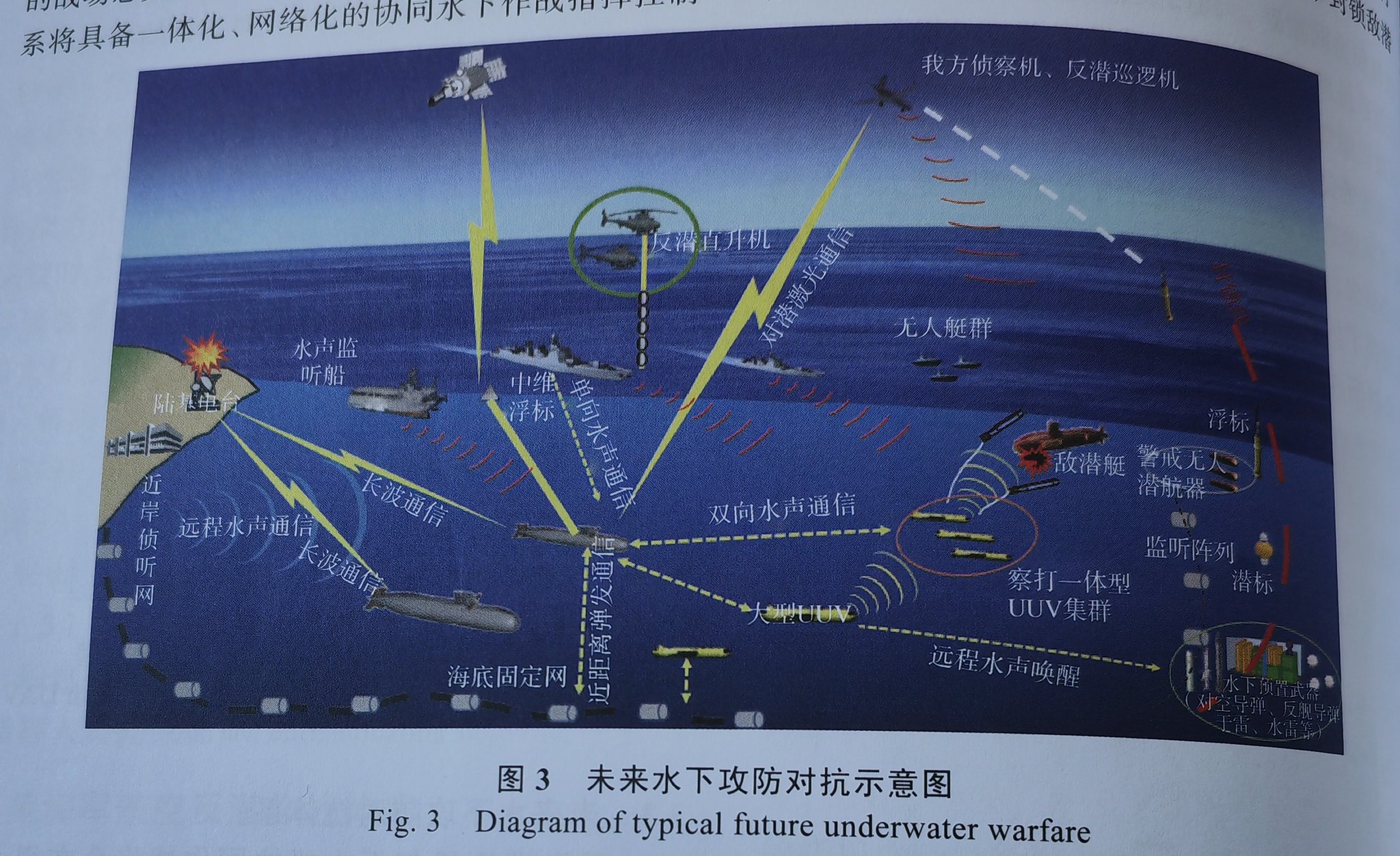Would be so interesting to know informations about range and loitering time. A bit perplexed about the need stay close to surface to rely informations and the latency of informations to launch torpedos from a distant operator for these kind of systems. These kind of systems will require some good AI to be swift to react.
You are using an out of date browser. It may not display this or other websites correctly.
You should upgrade or use an alternative browser.
You should upgrade or use an alternative browser.
Chinese Unmanned Underwater Vehicles (UUV)
- Thread starter by78
- Start date
Very useful for defending of larger, manned allied submarines against enemy ASW efforts.Using UUVs to ambush enemy anti-submarine patrol.

However, the problem stems from how to make these types of UUVs travel together with those manned submarines as "underwater wingman drones", since they have neither sufficient speed to catch up nor sufficient endurance to follow them.
Either the manned submarines have to piggy-back carry them along with their deterrence/war patrol, and only release them once in designated patrol zones or when enemy encounter is unavoidable - Or that these UUVs would have to be nuclear-powered as well.
Last edited:
My guess is they don't. These UUVs would be deployed independently from manned submarines. They would be used to weaken enemy ASW presence in mission areas manned submarine would operate in instead of forming a formation with them which would completely defeat the purpose and only draw enemy ASW assets to the location of submarines it was supposed to protect.Very useful for defending of larger, manned allied submarines against enemy ASW efforts.
However, the problem stems from how to make these types of UUVs travel together with those manned submarines as "underwater wingman drones", since they have neither sufficient speed to catch up nor sufficient endurance to follow them.
Either the manned submarines have to piggy-back carry them along with their deterrence/war patrol, and only release them once in designated patrol zones or when enemy encounter is unavoidable - Or that these UUVs would have to be nuclear-powered as well.
by78
General
A confirmation that China is currently developing X-tail rudders for submarines. Images below show a procurement document from the China Ship Design & Research Center (a.k.a. 701 Institute). The document asks manufacturers to submit bids for a set of 55kN-m electro-hydraulic steering gear (with ), to be used to actuate X-shaped stern rudders. The steering gear must be able to deflect all four rubbers at the same time up to 35 degrees to either side (i.e. 70 degrees total). The steering gear must weigh ≤1350kg.


Jiangnan Shipyard is auctioning for a "x-rudder safety protection device" for an unspecified ship, probably SSN or SSBN related.
And it said that the winner needs to sign two contracts with Jiangnan and Huludao Shipyard respectively and deliver two devices in total.
View attachment 111771
This might be related. A scale unmanned submarine with X-tail is currently undergoing validation/verification tests in a lake somewhere in southern China.



by78
General
An academic paper that talks about UAV-UUV cooperation in anti-submarine warfare. Upon detecting a possible enemy submarine by early warning systems, target coordinates are sent via satellite to a launch platform. A UAV carrying a UUV is then launched by rocket toward the coordinates. When the rocket nears the target area, it releases the UAV, which then glides toward the target area. Once over the target area, the UAV releases the UUV, which then dives underwater to commence searching for the submarine. Meanwhile, the UAV, now free of its UUV payload, begins searching for the submarine from the air. Both vehicles communicate and cooperate with each from this point on. Whichever finds the target first beams the information to the other vehicle. Once the submarine is located, its destruction is carried out by the UUV.







